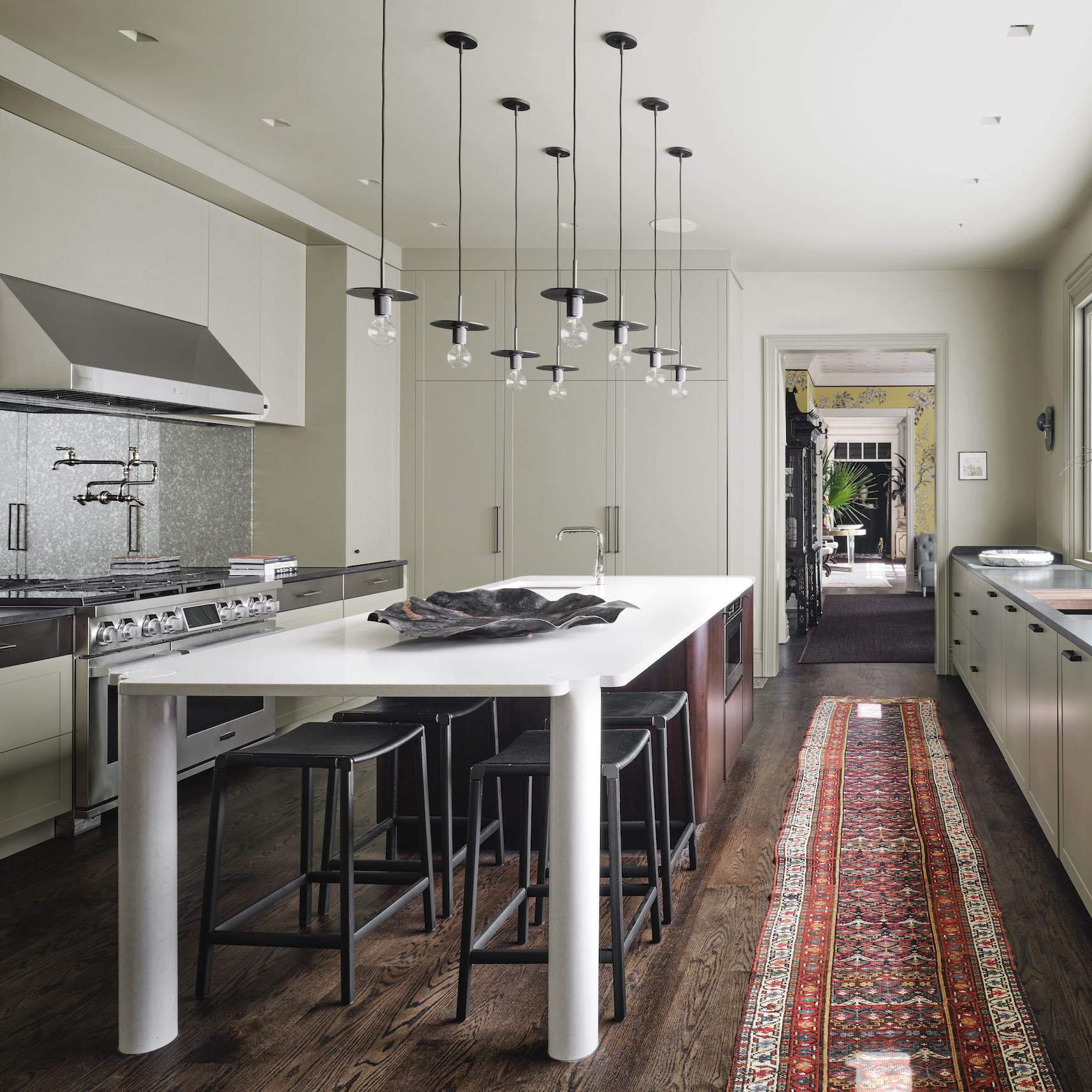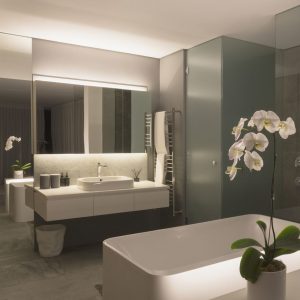
Sustainable Lighting: Illuminating the Future with Eco-Friendly Lamps
Introduction
Lighting is an essential component of our daily lives. It is not only necessary for us to complete our daily tasks, but it can also have a significant effect on our mood, productivity, and overall well-being. However, traditional lighting methods can have a negative impact on the environment, leading to increased energy consumption and carbon emissions. As a result, eco-friendly and sustainable lamps have emerged as a viable alternative, contributing to a brighter and more sustainable future.
Sustainability in Lighting
Sustainability in lighting refers to the creation and usage of lighting systems and products that have the least possible impact on the environment. This includes reducing energy consumption, using sustainable materials, and increasing the lifespan of lamps.
One key aspect of sustainability in lighting is energy efficiency. Traditional incandescent light bulbs are notorious for using large amounts of energy and having a short lifespan. In contrast, LED light bulbs are much more energy-efficient, with estimates suggesting that they use up to 80% less energy than incandescent bulbs. Moreover, LED bulbs can last up to 25 times longer than traditional light bulbs, reducing the need for replacements and waste.
Another important factor in sustainable lighting is the use of sustainable materials. Sustainable lamps are often made with materials such as bamboo, recycled plastic, and other eco-friendly materials. By using sustainable materials, the production of lamps can be made more environmentally friendly, reducing the impact that lamps have on the environment.
The Benefits of Eco-Friendly Lamps
The use of eco-friendly lamps has many benefits, both for the environment and for individuals using the lamps.
Perhaps most importantly, eco-friendly lamps have a significant positive impact on the environment. By reducing energy consumption and carbon emissions, eco-friendly lamps can help to mitigate climate change and reduce global warming. Moreover, by using sustainable materials, eco-friendly lamps can reduce waste and promote the circular economy.
Eco-friendly lamps also offer many benefits for individuals using the lamps. LED bulbs, for example, can mimic natural daylight, leading to improved mood, increased productivity, and reduced eyestrain. Moreover, sustainable lamps can be designed in a variety of styles that can match any decor, offering a wide range of options.
Examples of Sustainable Lamps
There are many types of sustainable lamps available, each with their own unique advantages. Some popular examples of sustainable lamps include:
– Bamboo Lamps: These lamps are made from sustainable bamboo materials and are available in a range of styles, from minimalist to ornate.
– Solar Lamps: Solar lamps use energy from the sun to power the lamp, reducing the need for electricity and reducing carbon emissions.
– Recycled Plastic Lamps: These lamps are made from recycled plastics and can be made in a variety of colors and styles.
– LED Lamps: LED lamps are energy efficient and can be designed in a range of styles, from modern to traditional.
Sustainable lighting is an important aspect of creating a brighter and more sustainable future. By reducing energy usage and using sustainable materials, eco-friendly lamps offer many benefits for individuals and the environment alike. From LED bulbs to recycled plastic lamps, the range of sustainable lamps available today offer something for every preference and style. By investing in sustainable lighting options, we can all contribute to a more sustainable future for generations to come.


